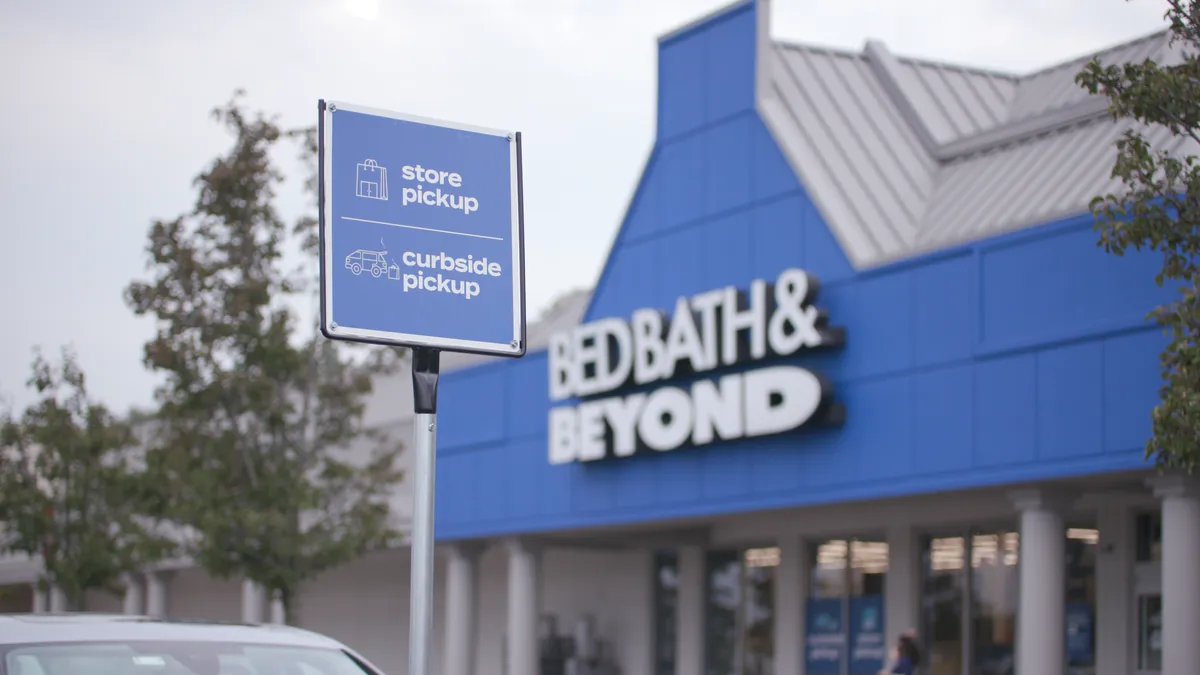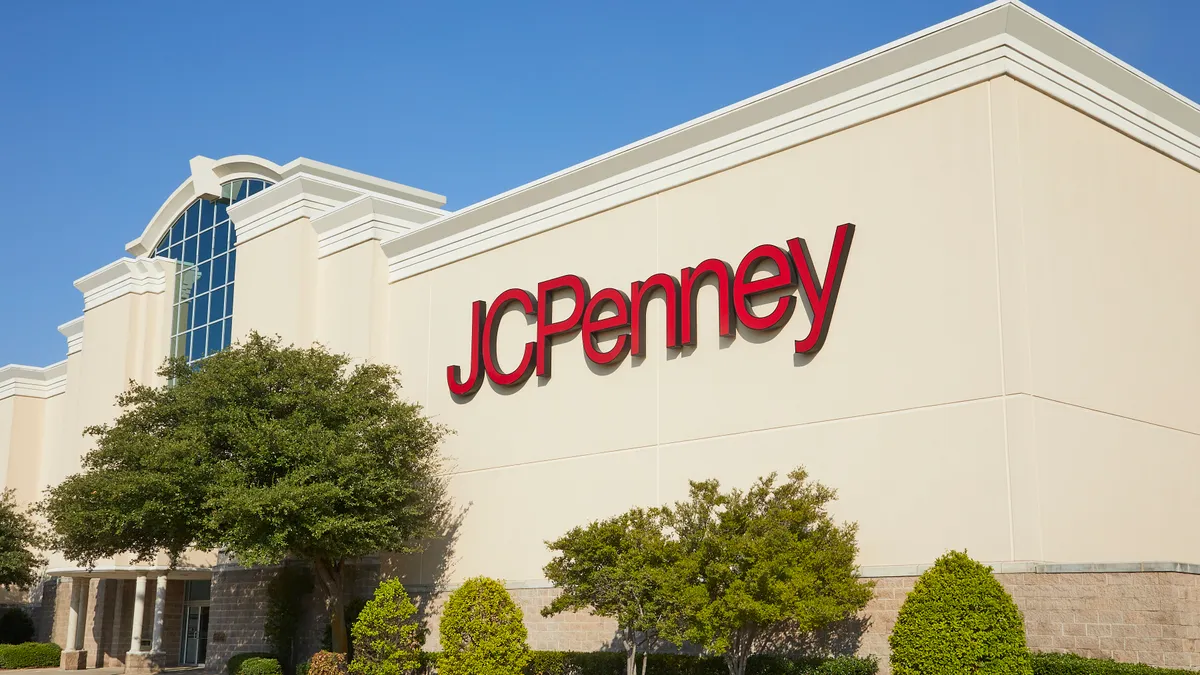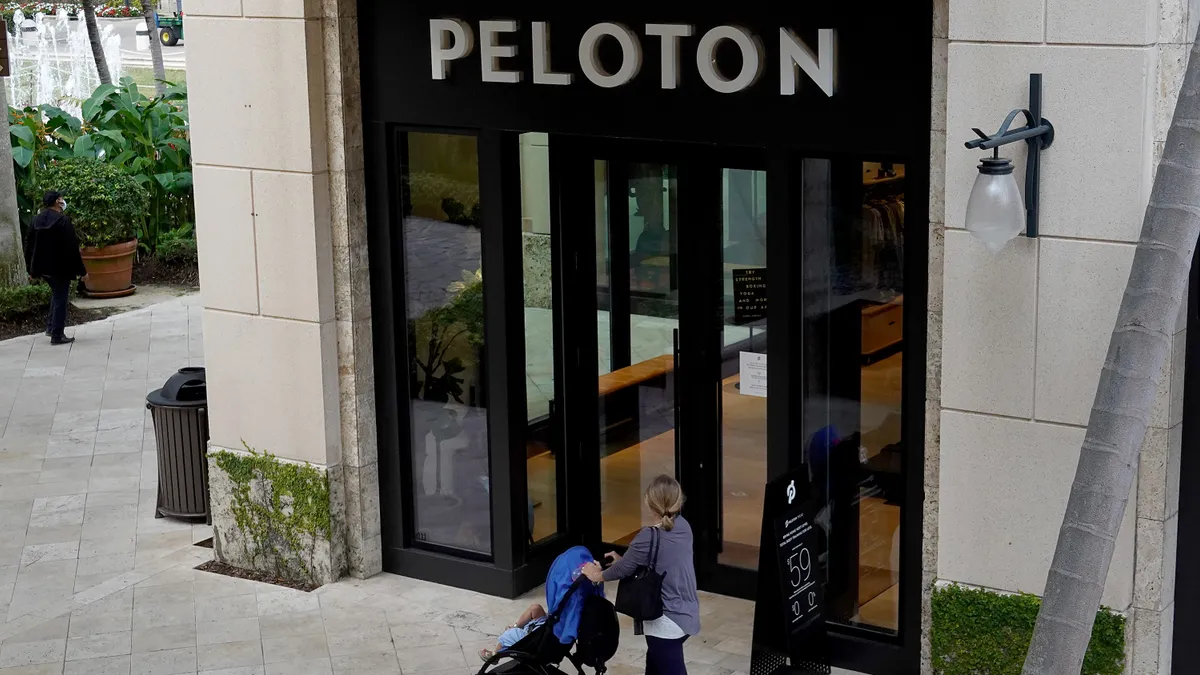While the pandemic has rattled much of the industry this past year — with some retailers being forced into bankruptcy — others have emerged less affected.
As the home category became popular this year with more consumers spending the majority of their time at home, Bed Bath & Beyond reaped the benefits. In the second quarter, the retailer was able to post positive comparable sales growth for the first time since 2016 — and continued its comp increases into the third and fourth quarters as well.
In its most recent quarter, comps grew 4% across the company, driven by an 86% increase in digital, and 6% at the Bed Bath & Beyond banner, where digital sales rose 99% in the quarter.
"The takeaway for us is that the fourth quarter and the overall fiscal year last year really cemented, really locked down and has actually enhanced the starting point for our three-year transformation," Chief Operating Officer John Hartmann said in an interview with Retail Dive following earnings results Wednesday.
As part of that strategy, Bed Bath & Beyond is remodeling stores, enhancing its supply chain and launching several private labels, among other things.
While the company pledged to close around 200 stores, with about 70% of those plotted closures completed, Bed Bath & Beyond is planning to invest $250 million in remodels of 450 stores.
The company launched a test-and-learn prototype store in Watchung, New Jersey, and recently expanded that format to seven stores in Houston. For the year ahead, Bed Bath & Beyond plans to undergo between 130 and 150 store remodels, with 26 of those slated to take place in the first quarter.
The remodeled stores, Hartmann told Retail Dive, are more open by reducing the stacks of inventory that go up to the ceiling, adding new signage and removing the "confining … walls that made the shopping environment really claustrophobic," he said. "We're tracking the sales performance of these remodeled stores and are very pleased with the early results that we're seeing."
"Stores will continue to be a strategic asset for the organization," Hartmann added. "This is the home base [for] our owned brands that customers want to touch, feel and see in person. So, the store network will continue to be a complement to our digital-first business."
As for the private label launches — an area Bed Bath & Beyond previously had little penetration in — the company earlier this year outlined plans to roll out eight owned brands in the year ahead, launching the first brand, Nestwell, in March with other brands expected to go live in the coming weeks. The goal, executives had said, is to go from a 10% penetration rate with its private labels to 30% within the first three years.
The company has also sold off non-core banners, like Christmas Tree Shops and Cost Plus World Market, to focus on its key banners: Bed Bath & Beyond, BuyBuyBaby, Harmon Face Values and Decorist.
But those divestitures along with planned store closures hampered the retailer's top-line sales in the most recent quarter. Bed Bath & Beyond on Wednesday reported net sales slid double digits, 16%, to $2.6 billion. Net income in the period reached $9 million from a loss of $65 million in the year-ago period, but gross margin fell 110 basis points to 31.5%.
Like many nonessential retailers, Bed Bath & Beyond was forced to temporarily shutter its physical stores last spring, sending many consumers to shop online instead. The company reported digital sales reached $3 billion in fiscal 2020, an 83% increase year over year, while it added 10.6 million new digital customers, up 95% from the prior year.
To help with the sudden rise in e-commerce, Hartmann said that about 25% of its Bed Bath & Beyond and BuyBuyBaby stores in the U.S. and Canada last year began fulfilling these digital orders. By the end of the year, 37% of digital orders were fulfilled by a store, according to the company.
And while the retailer benefited this past year partially due to selling in a highly popular category during the pandemic, "new digital services to enhance omnichannel, its store optimization and remodel strategy, its reinvention of its supply chain and its investments to expand and strength BuyBuyBaby should build through 2021 and beyond," Wedbush analyst Seth Basham said in an emailed note. However, Basham added that Bed Bath & Beyond "will need to show improving market share performance and gross margin upside for investors to develop strong interest in the name."
But Bed Bath & Beyond remains confident in future growth. The company reaffirmed its fiscal 2021 outlook for net sales of between $8 billion and $8.2 billion and adjusted EBITDA of between $500 million and $525 million.
"People want to get back to socializing, people want to have their friends and their family to their home, people want to enhance where they're spending more time," Hartmann said. "Even post-pandemic, it appears that the research is showing us, folks will continue to invest in their homes and their comfort spaces."






















